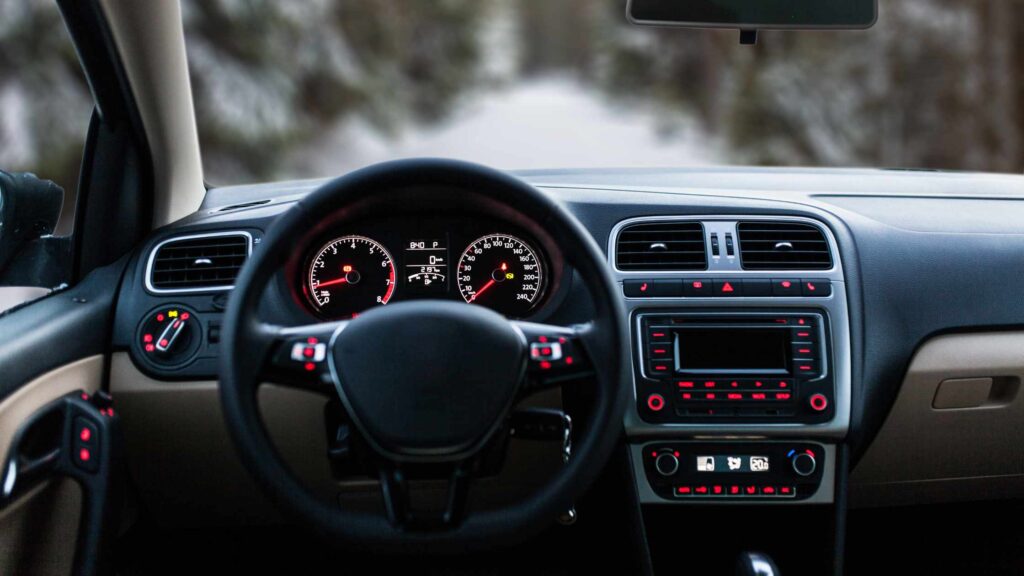Introduction
Dashboard warning lights are one of the most crucial components of a car’s instrument panel. These lights, also known as indicator lights or dashboard symbols, serve as a vital tool for communicating potential issues or alerts to the driver. It is essential for every car owner to develop a comprehensive understanding of these warning lights, including when to worry and take immediate action.
Importance of Dashboard Warning Lights
Dashboard warning lights are designed to provide drivers with valuable information about their vehicle’s condition. Ignoring these warning lights can lead to severe consequences, ranging from costly repairs to potential safety hazards. By being aware of what these lights indicate and taking prompt action, you can ensure the longevity and reliability of your car.
Common Dashboard Warning Lights
- Check Engine Light: This light, often depicted as an engine symbol or with the words “Check Engine,” indicates a problem with the vehicle’s engine. It can be triggered by a range of issues, from loose gas caps to misfires or more significant problems.
- Battery Light: When the battery light illuminates, it typically indicates a problem with the vehicle’s electrical system. This may be caused by a failing battery, alternator issues, or loose connections.
- Oil Pressure Light: This light, represented by an oil can or a simple oil droplet, signifies low oil pressure or insufficient lubrication in the engine. Immediate action is necessary to prevent engine damage.
- Brake System Warning Light: When this light turns on, it could indicate potential issues with your vehicle’s braking system. It may indicate low brake fluid levels, a malfunctioning ABS system, or worn brake pads.
- Tire Pressure Monitoring System (TPMS) Light: The TPMS light appears when one or more of your tires have significantly low air pressure. This can adversely affect fuel efficiency, tire wear, and overall vehicle handling.
- Airbag Light: The airbag light, typically depicted as a stick figure with an inflated cushion, indicates an issue with the vehicle’s airbag system. This light should never be ignored, as it could compromise passenger safety in the event of an accident.
- Temperature Warning Light: If this light turns on, it is a sign that the vehicle’s engine is overheating. Continuing to drive in this condition can cause severe engine damage and lead to expensive repairs.
Responding to Dashboard Warning Lights
- Don’t Panic: The sight of a warning light can be alarming, but it’s crucial to remain calm and composed. Panicking can lead to poor decision-making and potentially worsen the situation.
- Refer to the Owner’s Manual: Every car comes with an owner’s manual that provides detailed information about the various warning lights. Refer to this manual to understand what a specific warning light signifies and the recommended course of action.
- Assess the Severity: Some warning lights require immediate action, while others may indicate a less critical issue. Determine the severity of the warning light by evaluating the accompanying symbols, colors, and urgency. Red lights generally indicate a more urgent situation than yellow or orange lights.
- Address Immediate Concerns: Certain warning lights, such as the check engine light or temperature warning light, necessitate immediate action. In such cases, it is advisable to pull over to a safe location, turn off the engine, and seek professional assistance.
- Seek Professional Help: For warning lights that are not as urgent, it is still important to have the vehicle inspected by a qualified mechanic as soon as possible. They can diagnose the underlying issue and provide the necessary repairs or maintenance.
- Avoid DIY Fixes: While some warning lights may seem to have simple solutions, it is generally recommended to avoid DIY repairs unless you have the necessary knowledge and expertise. Attempting repairs without proper understanding can lead to further damage.
Summary
Understanding dashboard warning lights is essential for all car owners. By being knowledgeable about these warning lights and knowing when to worry and take action, you can ensure the safety, reliability, and longevity of your vehicle. If any warning light illuminates, it is crucial to act promptly by referring to the owner’s manual and seeking professional assistance when required. Always prioritize the well-being of yourself and your passengers by responding appropriately to dashboard warning lights.







